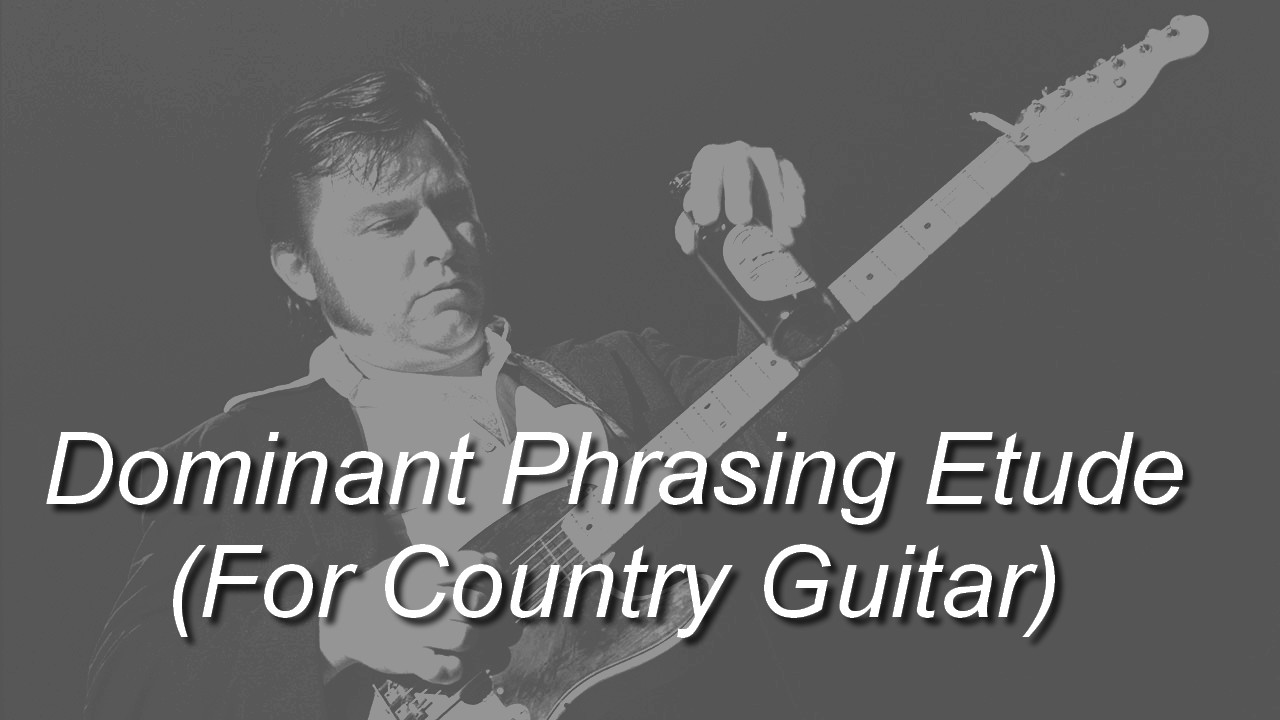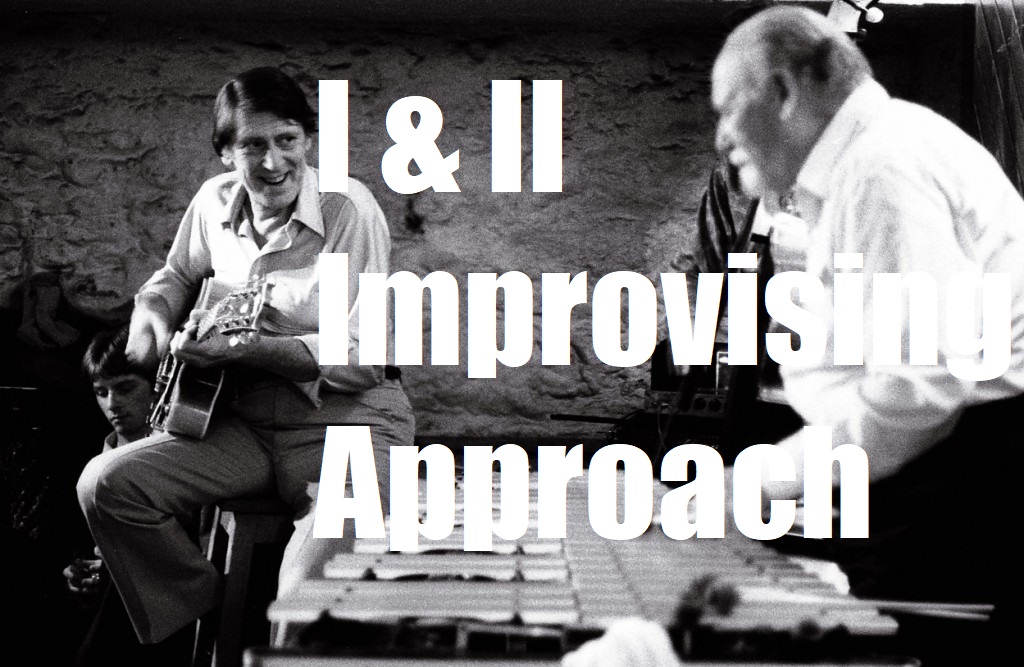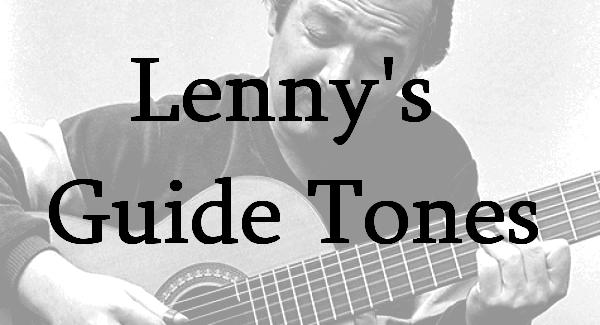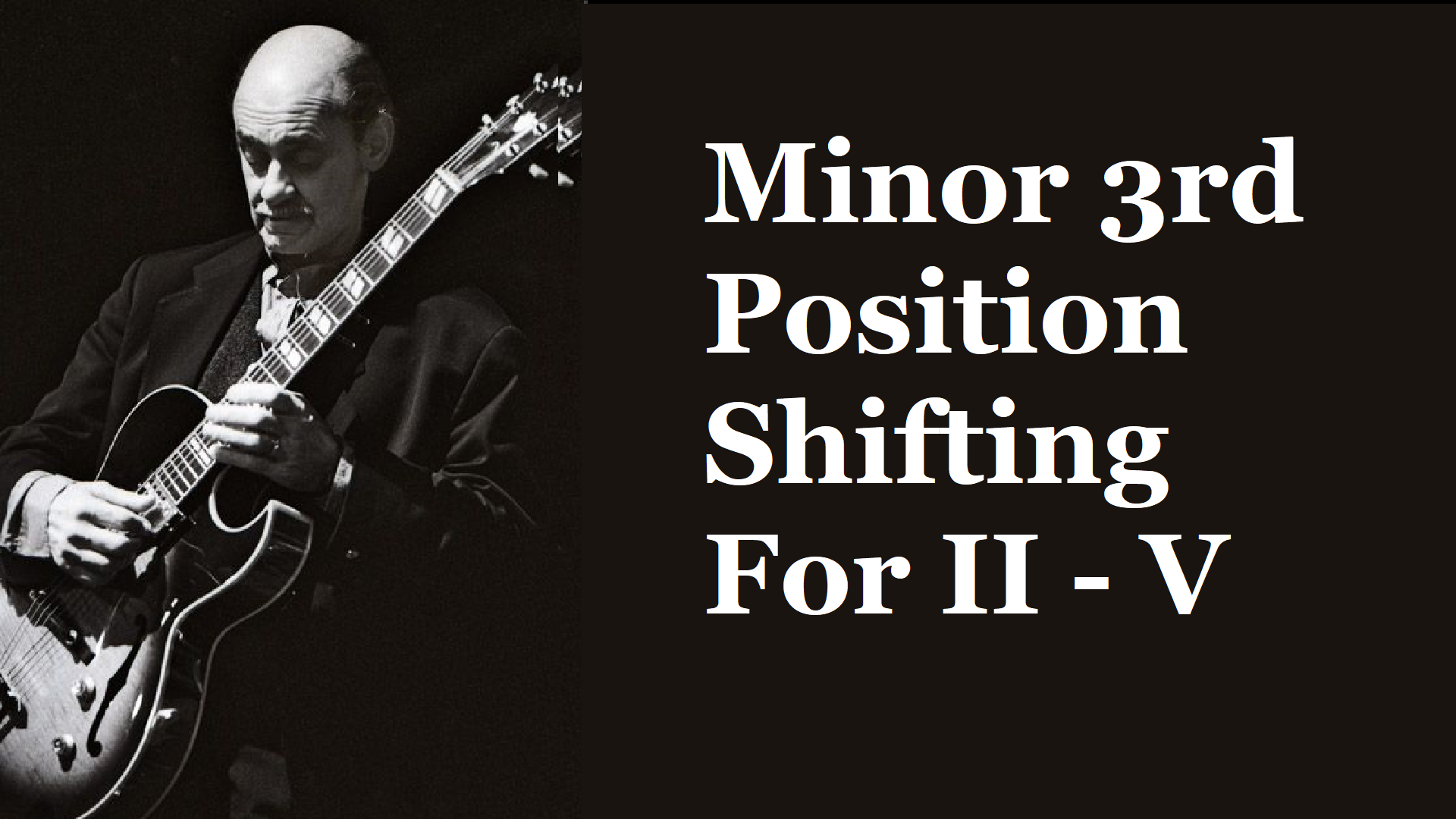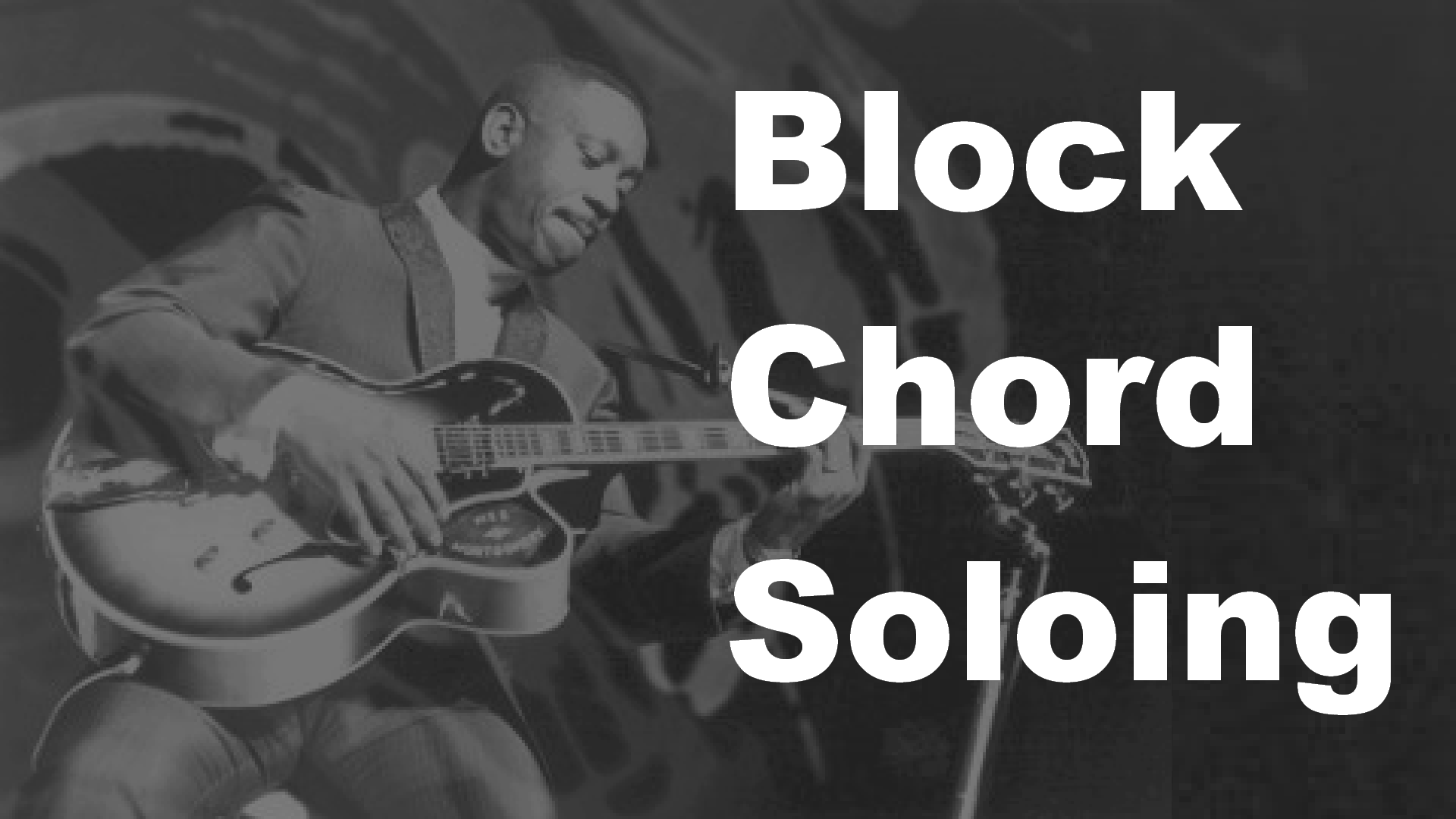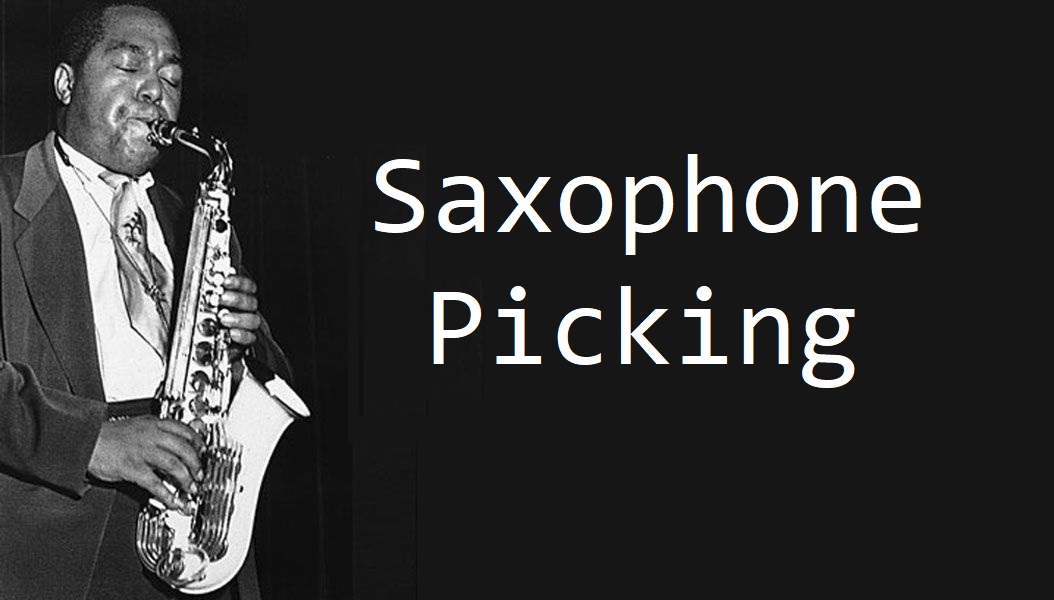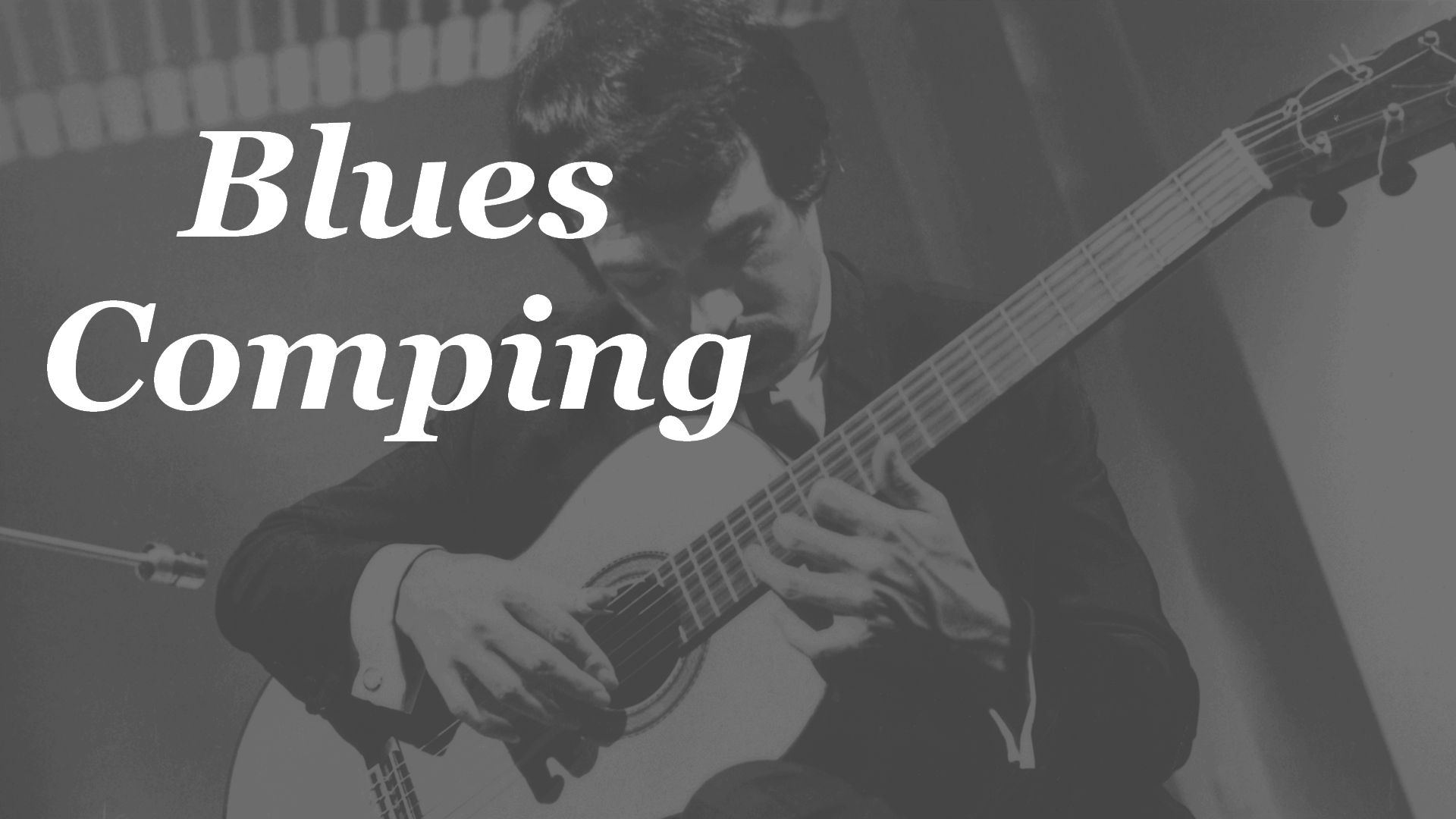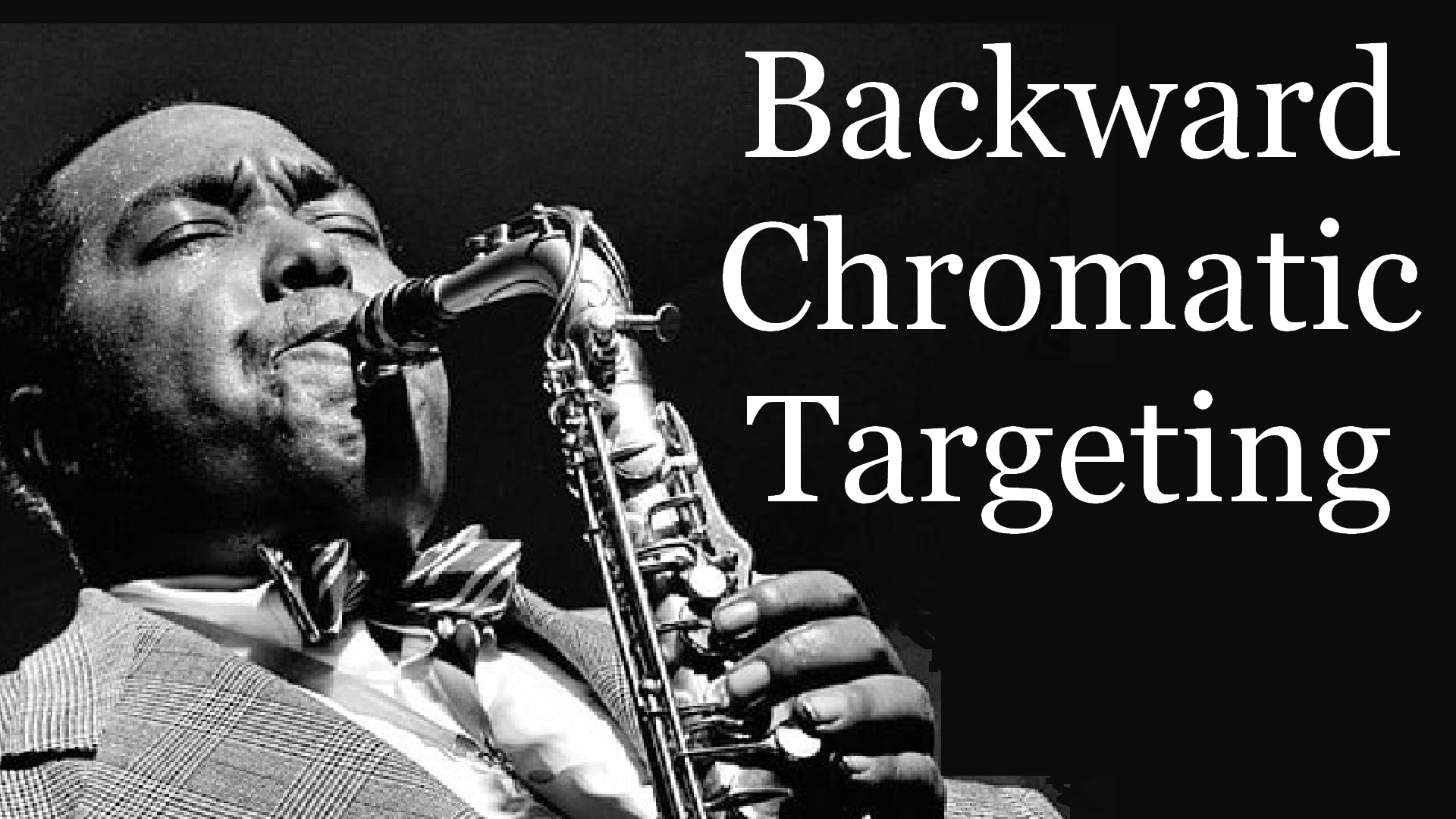
Chromatic targeting is for sure one of the most important jazz melodic device. It has been used since the early years of jazz but in the 40s, bebop soloists like Charlie Parker and Dizzy Gillespie pushed this idea to a whole new level. Strangely it is from bassists that came the bebop soloing revolutions. Bassists always been accompanying using arpeggios and targeting devices and as the competition for the solo spot became fiercer among big band musicians, soloists started to implement these comping ideas to their solo. The stronger harmonic foundation they developed helped them gained gradually more and more melodic freedom for their improvisations. When Charlie Parker appeared… that was it…the revolution was done, the rest is history!
Chromatic Targeting on the Guitar
Unfortunately, chromatic targeting is not something that come naturally on the guitar. These patterns often result in some awkward fingering and they aren’t natural for most of us, maybe because of how the guitar has been thought throughout the last decades. Guitar education have a tendency to focus mostly on technique and not so much on melody. We learn chord shapes and scales but all of these aren’t of any use without a melody on top.
With this lesson I will share with you my favorite targeting tool. This really is my bread and butter when improvising. The idea is hard to explain with words but the examples will speak for themself. I will give it a try though; it consists of targeting a note that is on a lower position using an approach note that is an half step below played on the lower adjacent string…. ha ha…. if you have understand something, then you are more intelligent than me!
Let’s see the examples:
Our target tone will be the C notes for all examples that follow.
ex.1

So this is a very standard chromatic targeting pattern, I am using the Db that is a half step above the C than the B that is a half step below the C than resolving to the C, which was my target tone. First bar shows how we would normally do in a standard position playing, while second bar uses my ‘Backward Targeting’ trick. Starting with the index on the Db, you will have to shift position backward to play the C.
O.K. I already hear what you might think… first bar seems way easier to play and also to visualize, and right now I cannot disagree but let’s continue and when we’ll reach the ‘in context’ examples I am sure you will notice all the melodic possibilities this concept can open.
ex.2

So again our target are the C notes. In this example we are again starting an half step above but than we are doing two chromatic approach notes below our target. Again, first bar shows the ‘normal’ way of playing this, while the second bar is the same idea but played using the backward position shifting. Notice that the first bar is kind of awkward to play due to the use of our four fingers. The second bar though, has a way more usual fingering for the guitar. Let’s continue with example 3:
ex.3:
 This example is very similar to the ‘ex.2’ but with two half step above and one below. Still, the fingering seems less awkward on the second bar… to me at least.
This example is very similar to the ‘ex.2’ but with two half step above and one below. Still, the fingering seems less awkward on the second bar… to me at least.
So the first three examples were played on the 3rd and 4th string. These patterns will be the same on every set of strings that are a 4th away. (1st & 2nd – 3rd & 4th – 4th & 5th – 5th &6th) Next example will show you how this would look on the (2nd & 3rd) string, that are a major 3rd away).
ex. 4
 This covers the targeting patterns we will use in these lessons. Notice that all these patterns end up approaching the target tone from below. We will only cover those ones in this lesson series.
This covers the targeting patterns we will use in these lessons. Notice that all these patterns end up approaching the target tone from below. We will only cover those ones in this lesson series.
Still… I made an example covering the approach from above for those who would be interested in expanding this idea. Here it is:
ex.5
 These patterns aren’t as finger friendly than those with the approach from below. They are also not really compatible with the backward position shifting that’s why we will not cover those ones. They would work doing upward position shifting though… maybe I’ll expand on this concept someday… anyway.
These patterns aren’t as finger friendly than those with the approach from below. They are also not really compatible with the backward position shifting that’s why we will not cover those ones. They would work doing upward position shifting though… maybe I’ll expand on this concept someday… anyway.
Conclusion
So now we have our material to work with, this might look very simple but you will see that this idea open a lots of possibilities on the neck. In the next lesson we will check some bebop line examples using those targeting patterns in various contexts. Cheers!
